






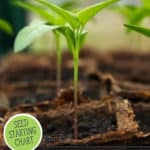


If you want to get a head start on the garden season, then starting seeds indoors is the way to go. But how do you know when to start seeds indoors? We are often asked this question, and we usually have to give one of our most common responses: “It depends!”
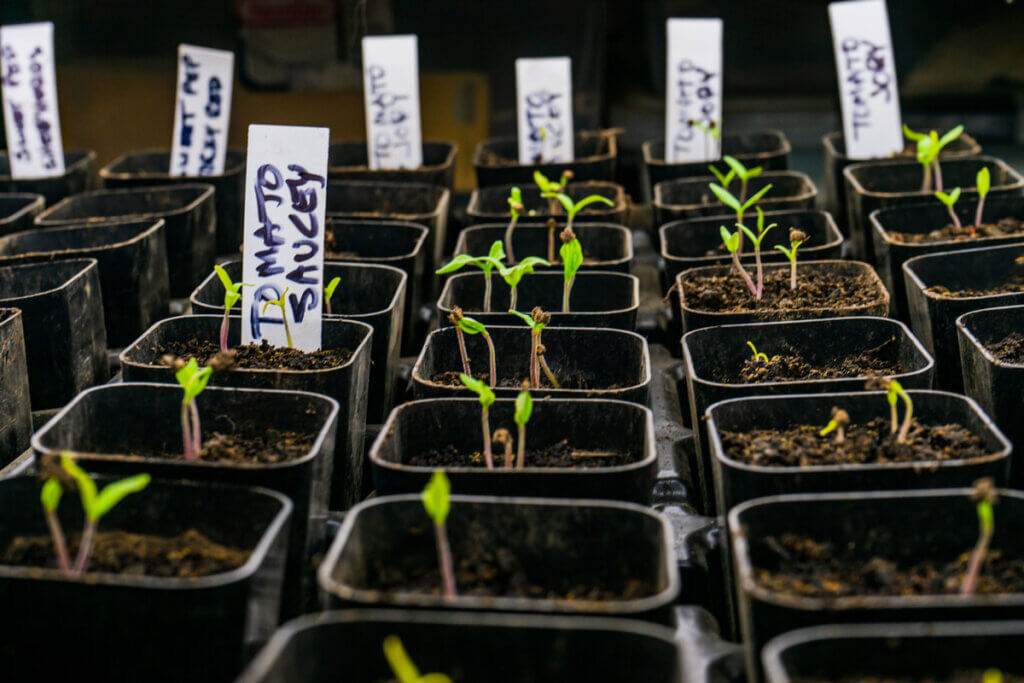
Starting tomatoes, peppers, cucumbers, or other vegetables indoors is determined by your climate, the type of seeds you’re sowing, how long the seeds take to germinate, the time of year you’re planting, and your growing zone, or more specifically, your average first and last frost dates.
If you haven’t purchased your seeds yet, read how to choose the best seeds for your garden. Then, be sure to check out Baker Creek Seeds & the Safe Seed Pledge, and Seeds for Generations for some great heirloom seed varieties!
With the release of GMO seeds now being sold to the home gardener, here are some important things you should know about GMO seeds.
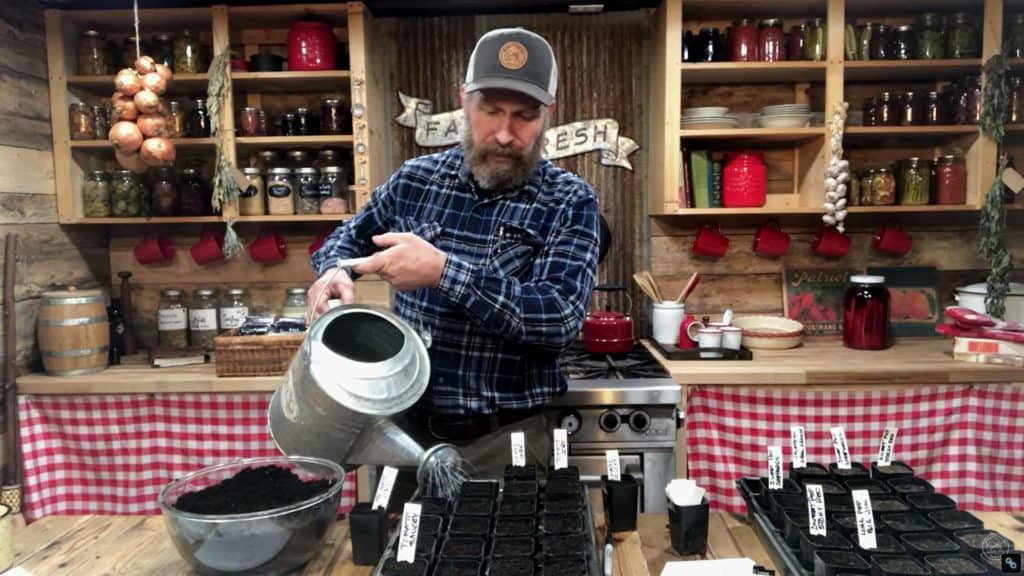
Table of Contents
ToggleWhy to Start Seeds Indoors
The most common reason for starting seeds indoors is to help extend the growing season. A short growing season means the days to a mature harvest for an individual plant exceed the amount of time between your last frost date in the spring and your first frost date in the fall.
Seed starting gives you up to a 16-week head-start on these crops – that’s nearly a 4-month head start!
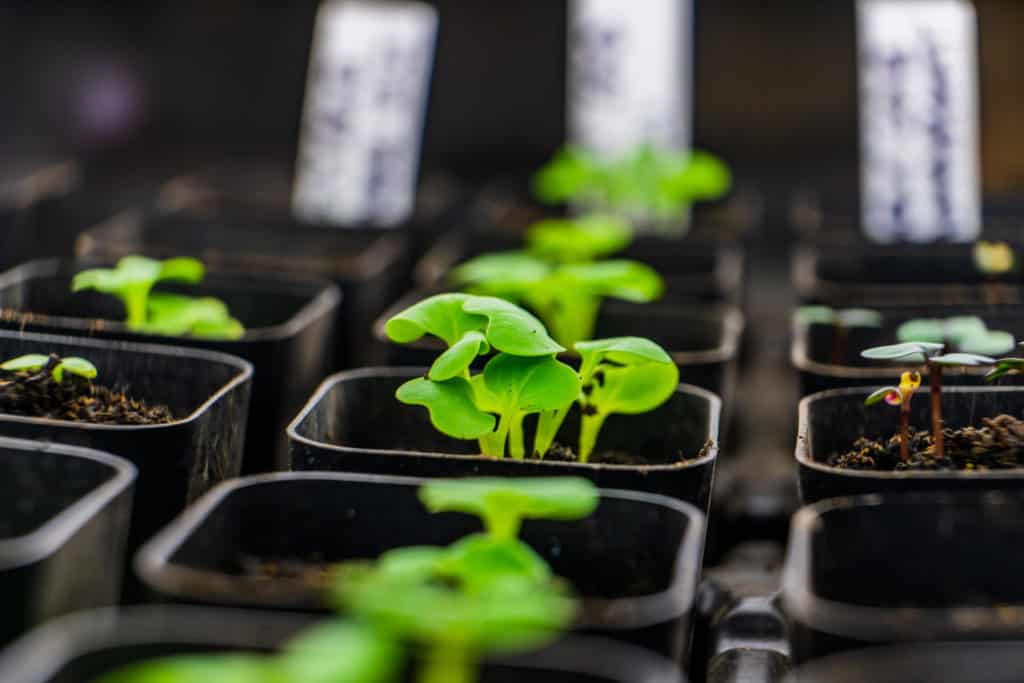
Benefits of Starting Seeds Indoors
Some plant varieties take a lot more care to germinate and need a bit of pampering when they’re seedlings. By starting them indoors you’re giving them a steady environment to thrive with stable temperatures and consistent watering.
Some examples of heat-loving plants that are great to start indoors are cucumbers, tomatoes, peppers, and eggplant.

Do I Need to Start Seeds Indoors
In short, no! There are many seeds that do best when direct-sown into your garden. These are seeds that germinate well, are eager to grow, can do so in cooler temps, and are quick to mature.
Some examples of these would be lettuce, spinach and other brassicas. These seeds can be sown as soon as the soil is workable and can handle frosts. Other items like summer squash, sunflowers, and nasturtiums do better once the threat of frost is over.

First and Last Frost Dates
The average first and last frost dates for your area define your growing season. To find the average first and last frost dates, go to the National Oceanic and Atmospheric Administration website (NOAA).
Enter your zip code in the provided box and hit enter. You will then see your city, altitude, and first and last frost dates. They also give you the average number of days in your growing season. This can be very helpful for knowing whether a crop needs to be started indoors in order to have enough time to produce a harvest.
NOAA is a great basic start for knowing your first and last frost dates, but most places have microclimates, so the best method is to talk to your garden-savvy neighbors. They will know best!
One of our favorite tools for knowing when to plant is Clyde’s Garden planner (photographed above). To purchase, use code “homesteadingfamily.com” for 10% off your order.) You put in your average last frost date, and the chart fills in all the rest! No counting backward; just follow the chart.
If you don’t have a garden planner (we recommend getting one!), you can count backward on your calendar to determine when to start your seeds. Or, if you prefer to go a digital route, you can check out a new planning software called Seedtime.
You can read the seed packet or follow the chart below to learn how long seeds should be started indoors.
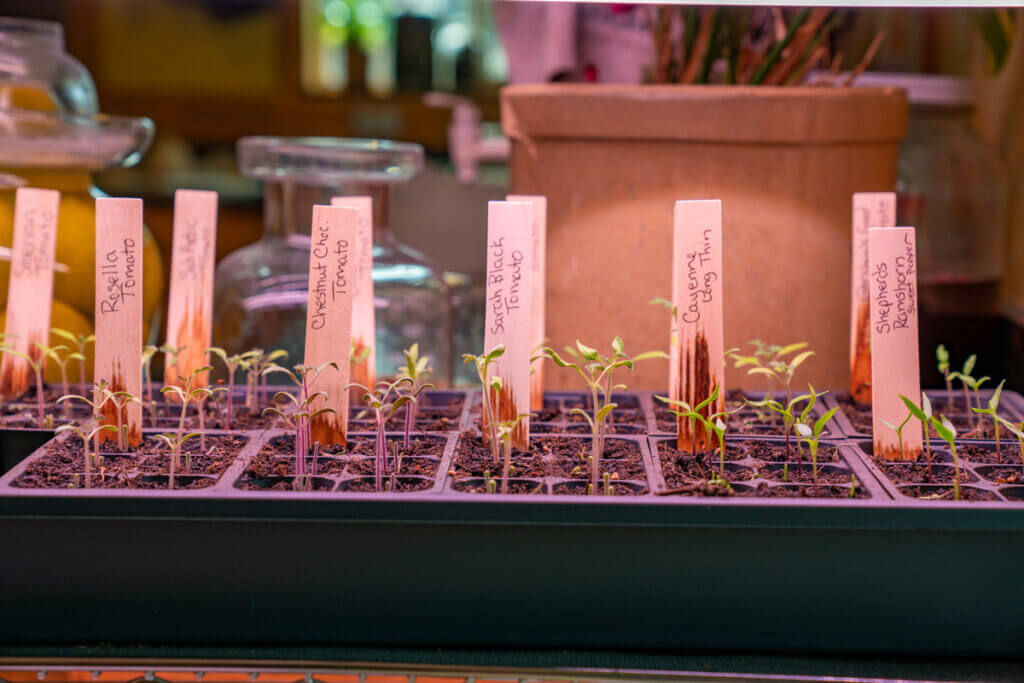
Seed Starting Indoors Chart
Follow the list below for when to start your seeds indoors. Count back the number of weeks listed from your last frost date in the Spring.
For example, if your last frost date is May 16th, you would count backward 8 weeks to start your tomatoes indoors on March 24th.
Keep in mind you’ll want to harden your plants off about a week prior to planting seedlings outdoors (see below for instructions on hardening off your plants).
| Time Before Last Frost | Plant |
| 16 Weeks | Strawberries & Rosemary |
| 12 Weeks | Brussels Sprouts, Cardoons, Celeriac, Celery, Parsley Root, Roselles, Stevia |
| 11 Weeks | Artichokes, Cauliflower, & Leeks |
| 10 Weeks | Eggplant, Jicama, Lavender, & Lemongrass |
| 9 Weeks | Broccoli, Cabbage, & Kohlrabi |
| 8 Weeks | Amaranth, Anise Hyssop, Catnip, Chile Peppers, Chives, Lovage, Oregano, Paprika Peppers, Parsley, Sage, Savory, Sweet Peppers, St. John’s Wort, Thyme, Tomatillos, Tomatoes, & Winged Bean |
| 6 Weeks | Asparagus, Basil, Chickpeas, Echinacea Root, Fennel, Ground Cherries, Melons, Okra, Onions, Peanuts, Rhubarb, Sesame, & Shallots |
| 4 Weeks | Bitter Melon |
The times listed above are a very general guideline or rule of thumb. They’re a great starting point, but because every garden site is different, you can start here, take notes and then adjust over time with experience on your own site.

Seeds That Can Be Direct Sown
The following are seeds that don’t need to be started indoors. You can direct sow them after the last frost date (and some even before the threat of frost is over).
Depending on your growing season, you may choose to start these indoors, but that’s unnecessary for many gardening zones.
| Direct Sow Seeds | |||
| Arugula | Asian Greens | Beans | Beets |
| Belgian Endive | Borage | Broccoli Raab | Brown Mustard Seed |
| Carrots | Chamomile | Swiss Chard | Chervil |
| Chicories | Chinese Broccoli | Chinese Cabbage | Claytonia |
| Collard | Coriander | Sweet Corn | Greens Cress |
| Cucumbers | Daikon Radishes | Dandelion Greens | Dill |
| Edamame | Endive | Escarole | Fava Beans |
| Fennel | Kale | Kohlrabi | Lemon Balm |
| Lettuce | Lima Beans | Mache | Melons |
| Minutina | Mizuna | Mustard Greens | Orach |
| Pak Choi | Parsnips | Peas | Pumpkins |
| Purslane | Radicchio | Radishes | Rutabagas |
| Salad Greens | Salsify | Shelling Beans | Shiso |
| Sorrel | Spearmint | Spinach | Summer Squash |
| Winter Squash | Turnip Greens | Turnips | |
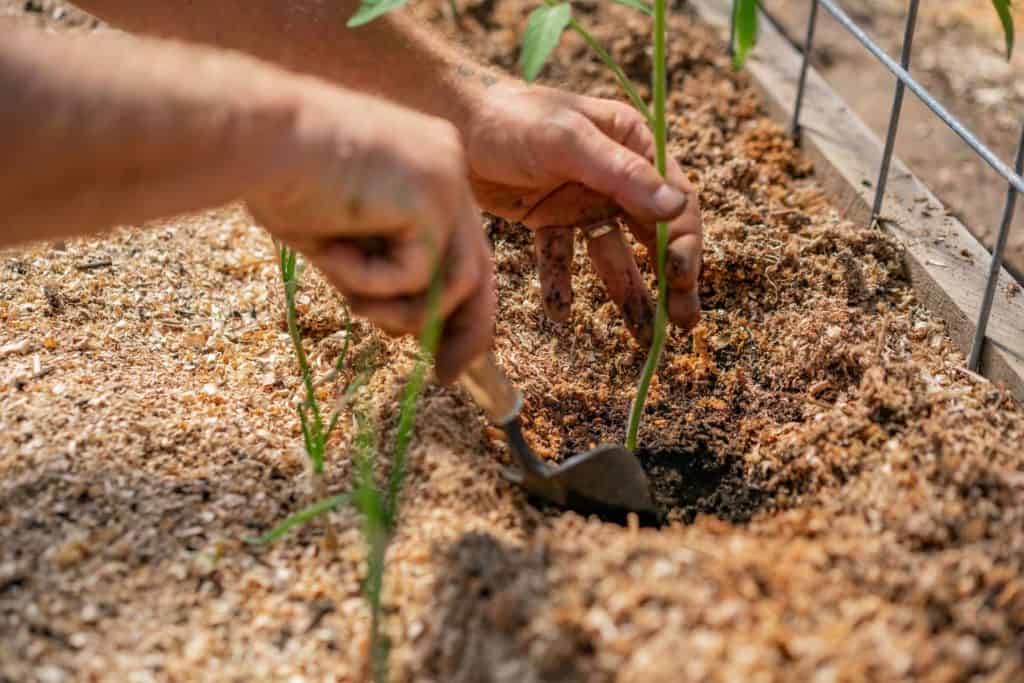
When to Transplant Seedlings
Knowing when to transplant your seedlings is just as important as knowing when to start seeds indoors. If you transplant too early, it can result in stunted growth, and at times, the plant won’t survive.
After the chance of frost has passed and the soil temperature has had a chance to warm, check your seedlings to make sure that they are at least 2 to 3 inches tall. They should also have their first set of true leaves. The first set of leaves on a seedling is called the cotyledon. The first set of true leaves is the leaves that develop after the cotyledon.
Sometimes, your seedlings will outgrow the seedling trays before the last frost has passed. In this case, you will need to pot up your plants, but once the frost has passed and they’re mature, you can begin to harden off your started plants.

How to Harden Off Plants
Before transplanting your plant starts, you’ll want to acclimate them to the cooler temperatures by hardening them off. This means you introduce your plants slowly to the colder weather.
- Day 1 – To avoid sun-scald, take your plants outside and place them in a protected location where they’re not getting direct sunlight. Leave them out for 2-3 hours, then bring them back inside for the remainder of the day.
- Day 2 – Take your plants outside on a sunny table or patio for 2-3 hours, then bring them back inside for the remainder of the day.
- Day 3 – Take your plants outside on a sunny table or patio for 3 more hours than the previous day, then bring them back inside for the remainder of the day.
- Day 4-7 – Allow your plants to stay outside for 3 additional hours each day, slowly building up to letting them stay outside all day and all night (as long as the threat of frost has passed).
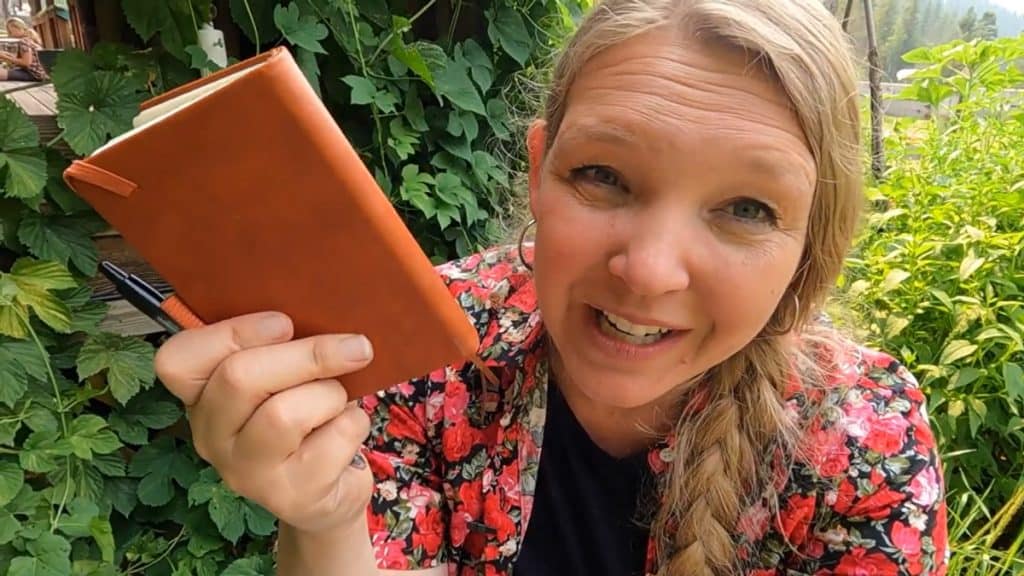
Take it Year by Year
Remember, learning to garden is a very individualized process based on your unique garden, climate, soil, etc. We’ll continue sharing all our helpful tips, but our biggest tip is to just get started and take notes year after year!

FAQ
Starting seeds indoors gives you a head start on the growing season. It provides a controlled environment for your seeds to germinate and grow. This is crucial for plants like tomatoes, peppers, and cucumbers that need more time to grow.
The best time to start seeds indoors will depend on the type of seed you are planting. Refer to the chart in this tutorial to know the right time needed to allow your seedlings to mature before transplanting into the garden.
Finding your garden’s frost dates is easy. Check the National Oceanic and Atmospheric Administration website (NOAA) or a local garden center, or ask an experienced neighbor for the last frost date in your area.
Not all seeds are good for indoor starting because they do not transplant well. Root vegetables are a good example. Refer to the chart in this tutorial to find other plants that do well when direct sown.
For successful indoor seed starting, you need the right tools. This can include heating mats, seed starting trays, potting soil, and grow lights (LED or fluorescent light.) These tools help create a good environment for plant growth.
Yes, starting seeds too early can be a problem. It can make seedlings leggy and not ready for outdoor growth. Always follow the recommended start time for your plants and local frost dates.



















